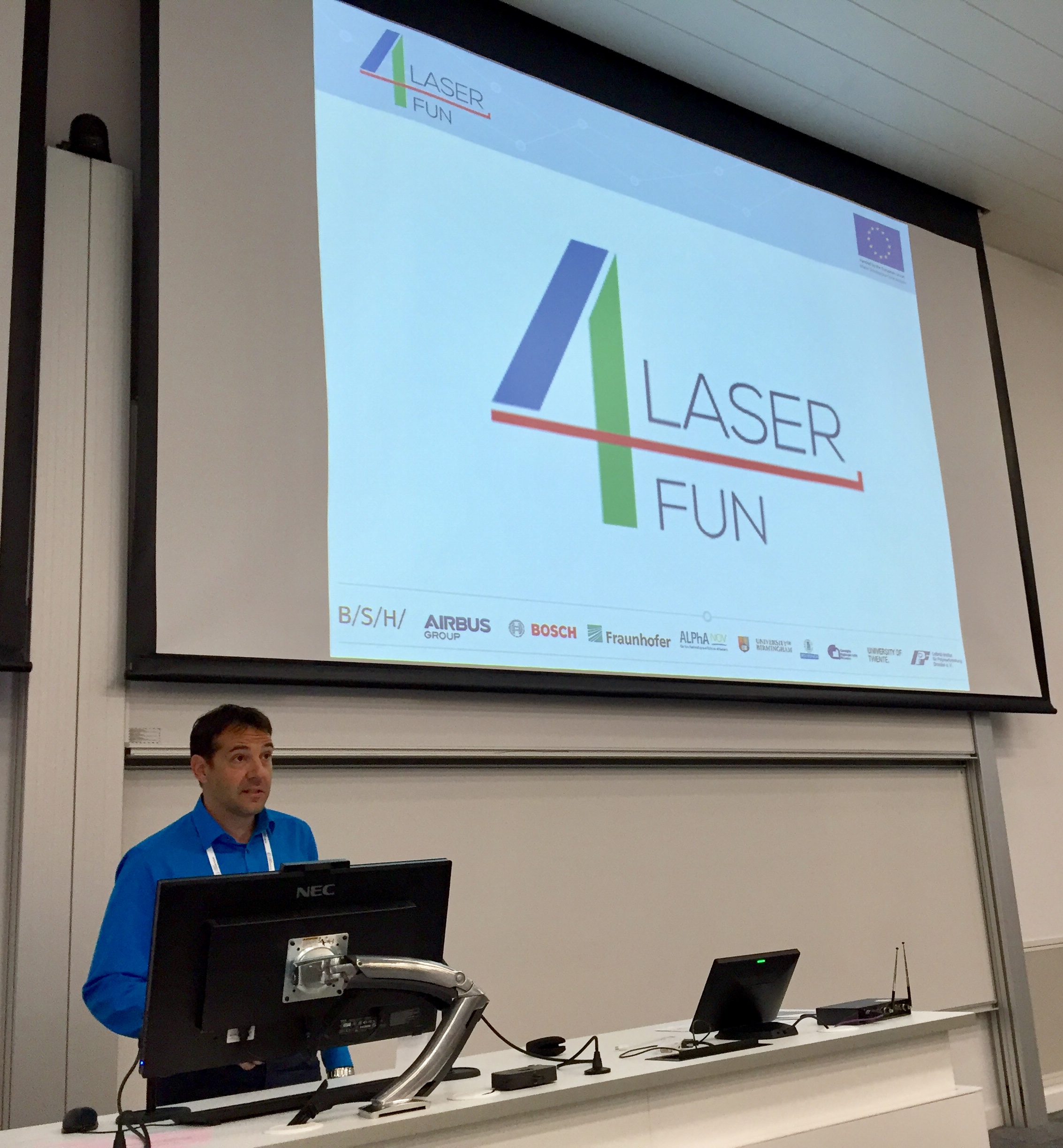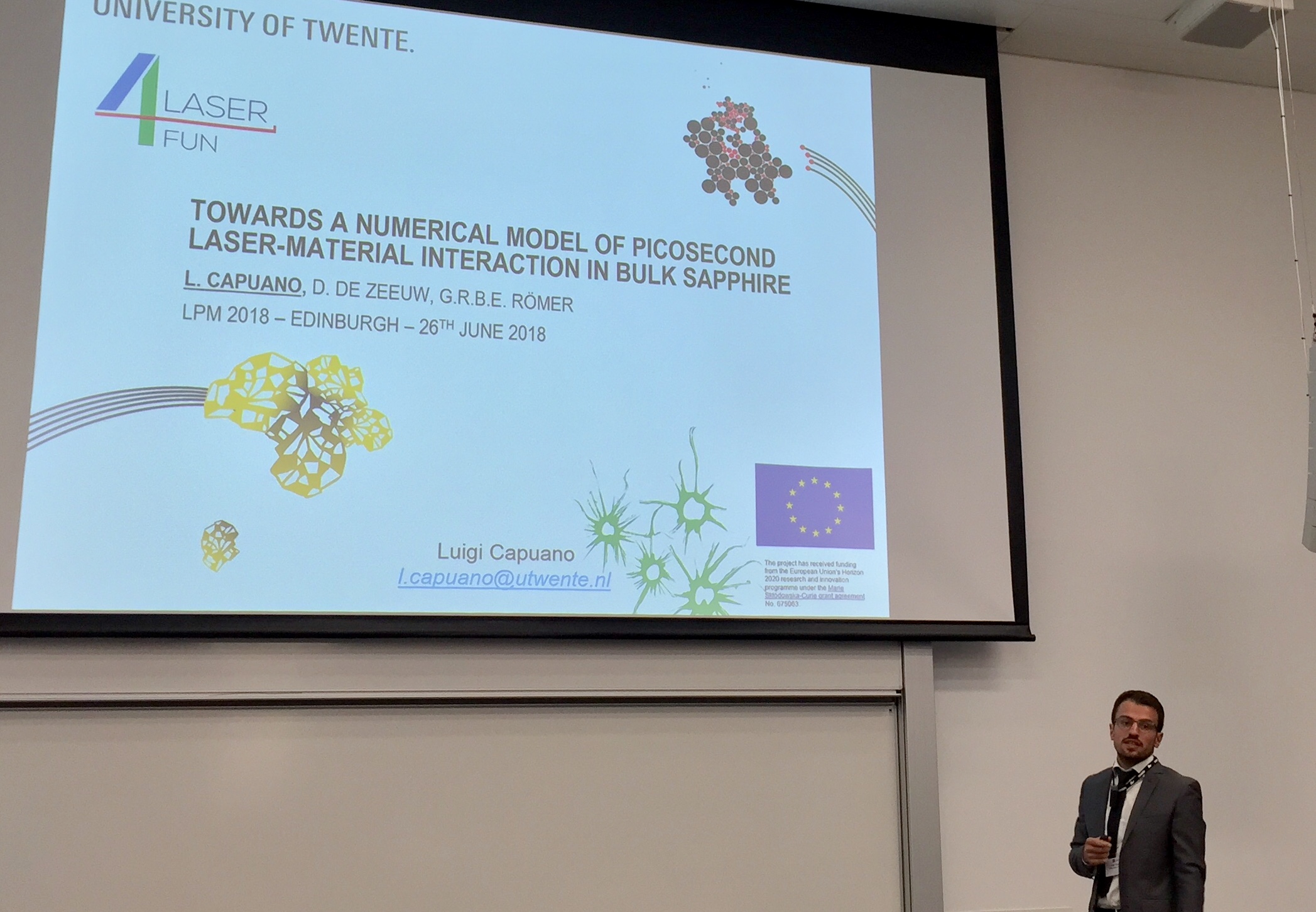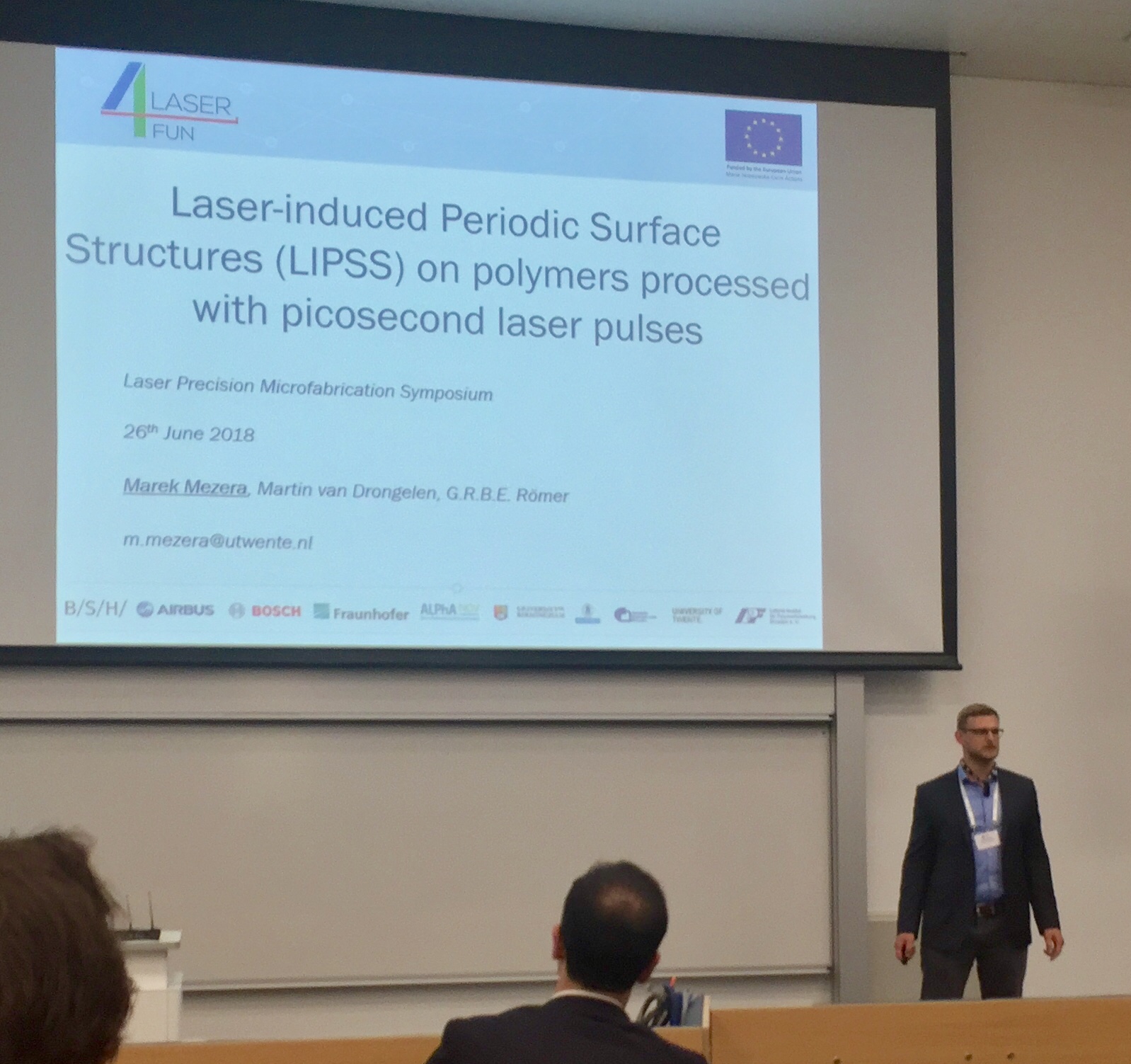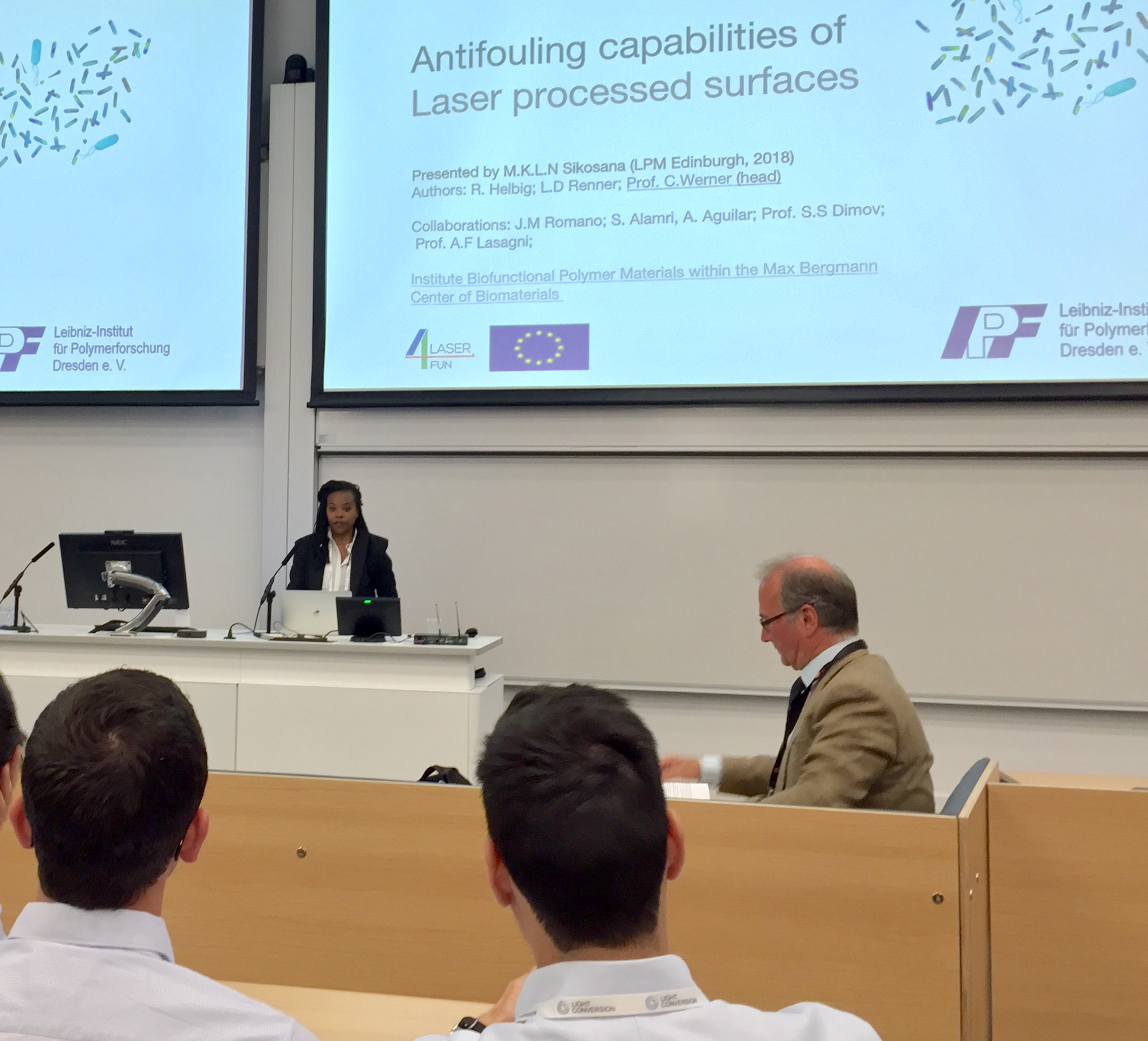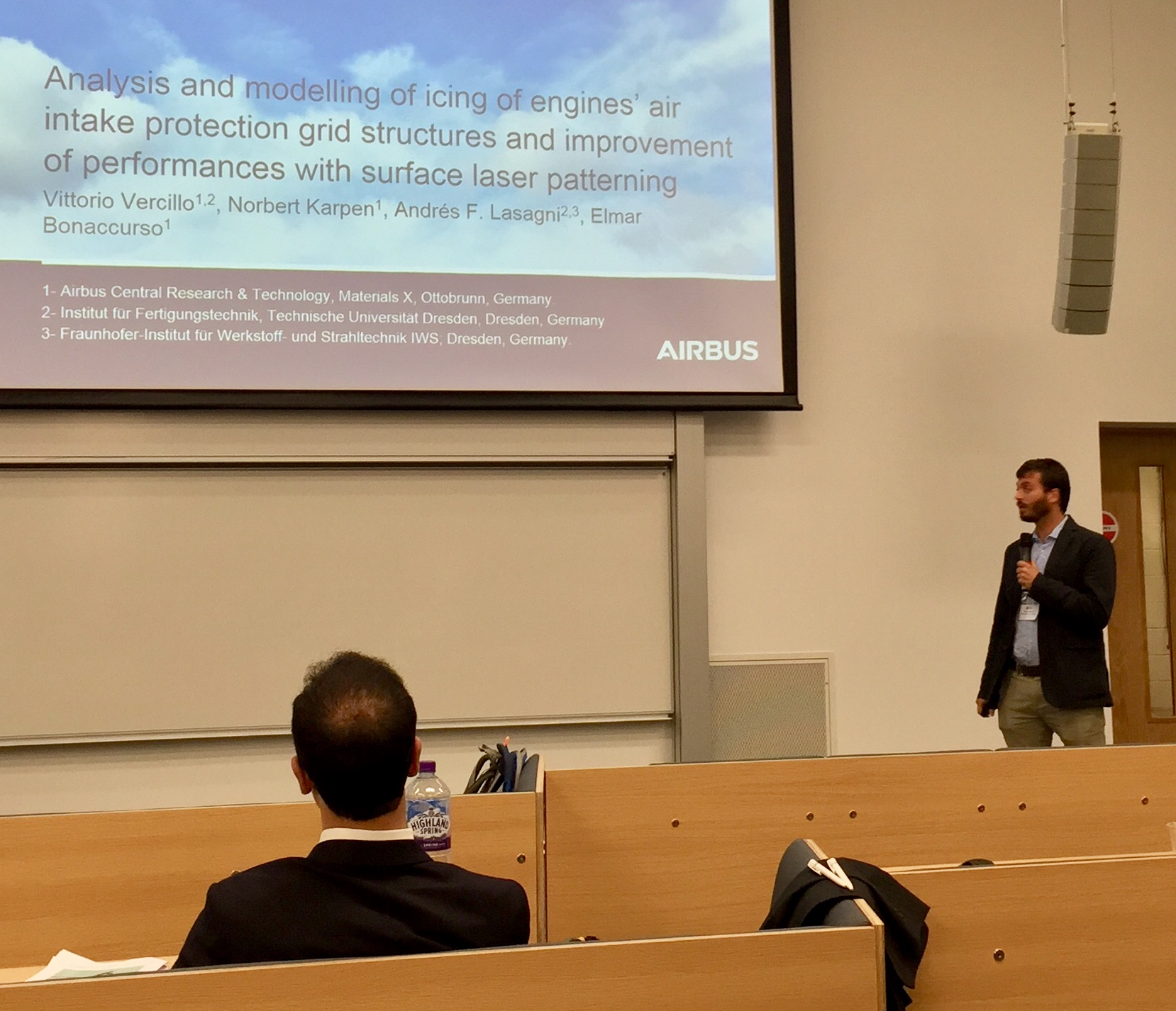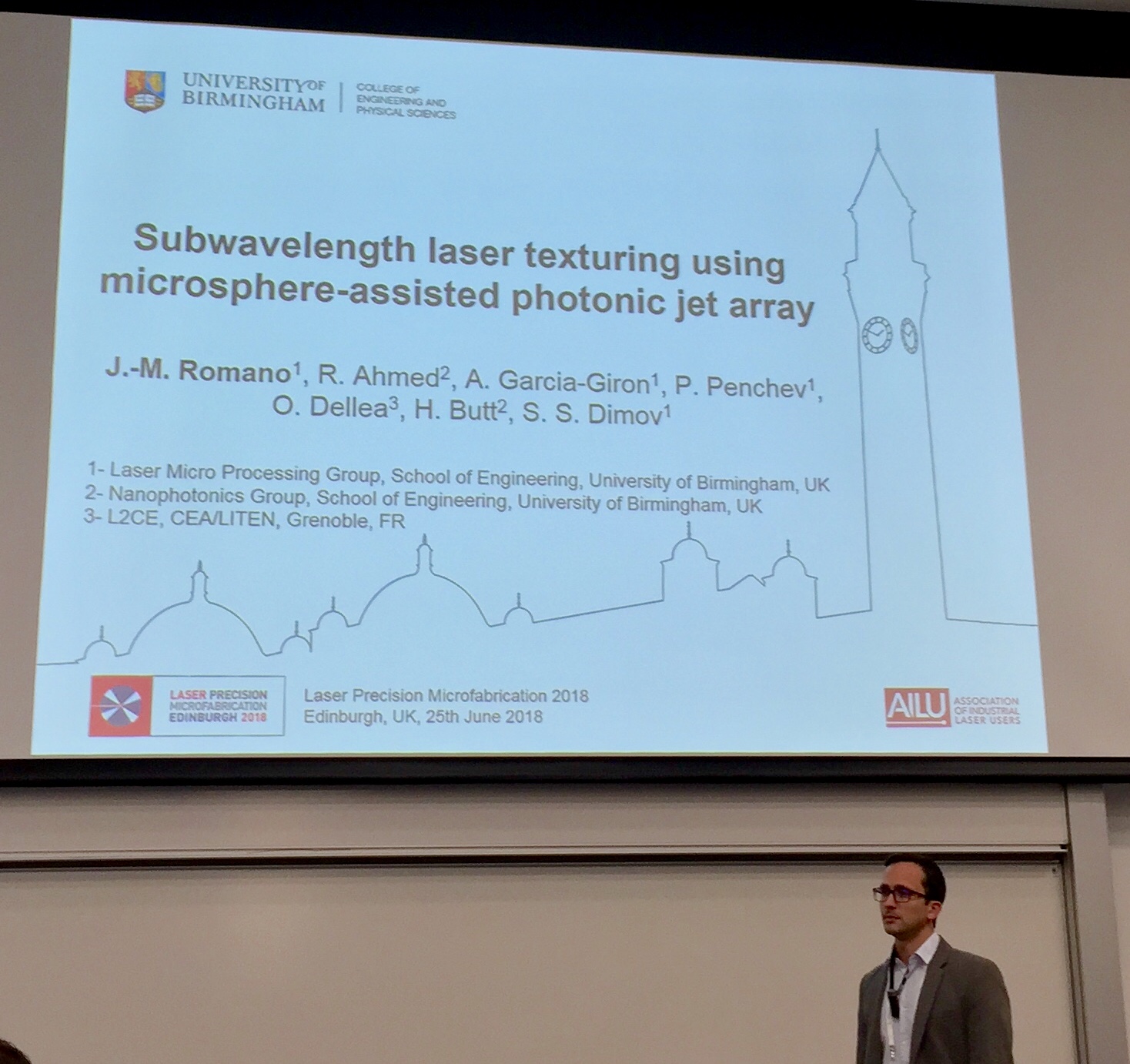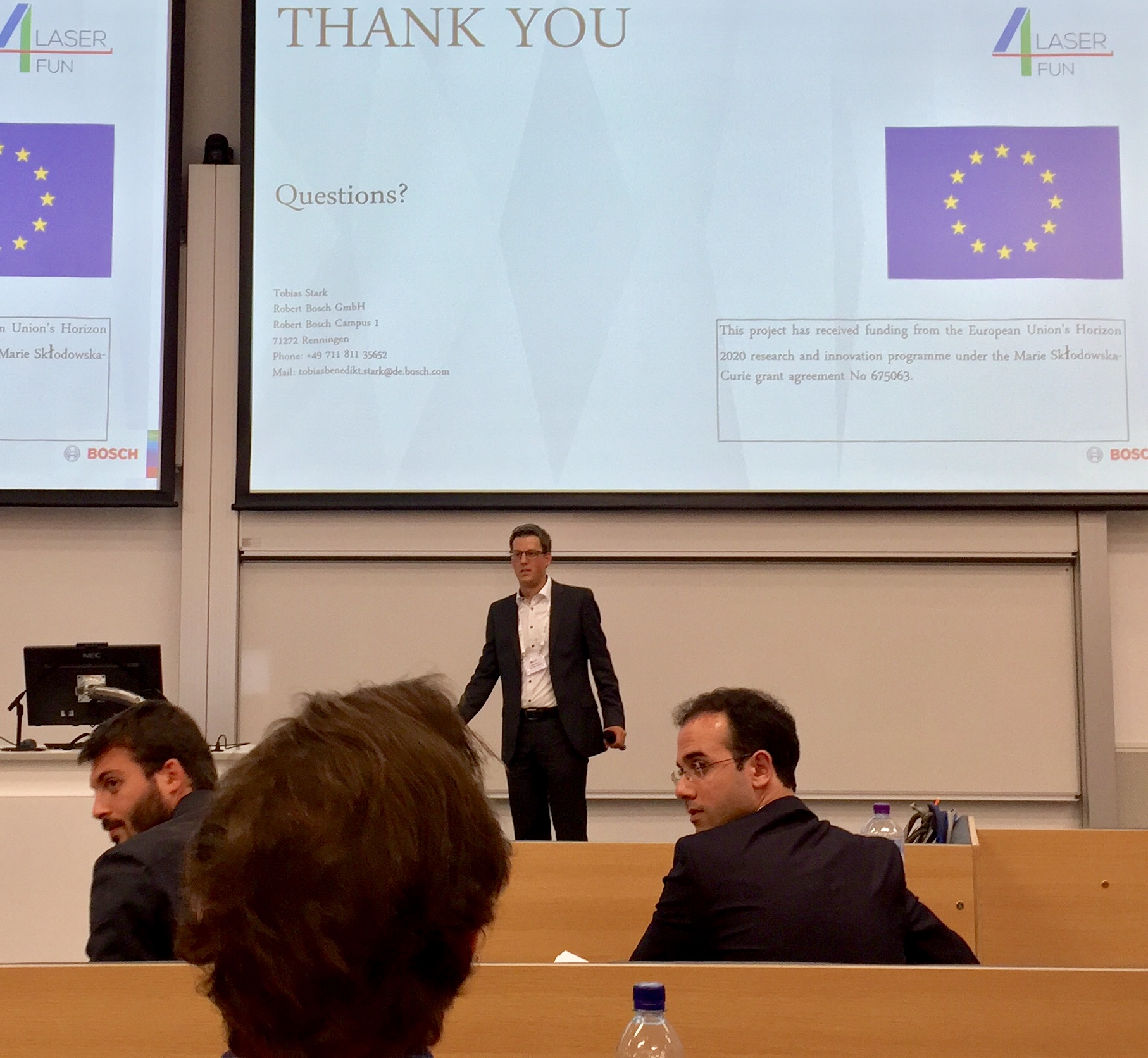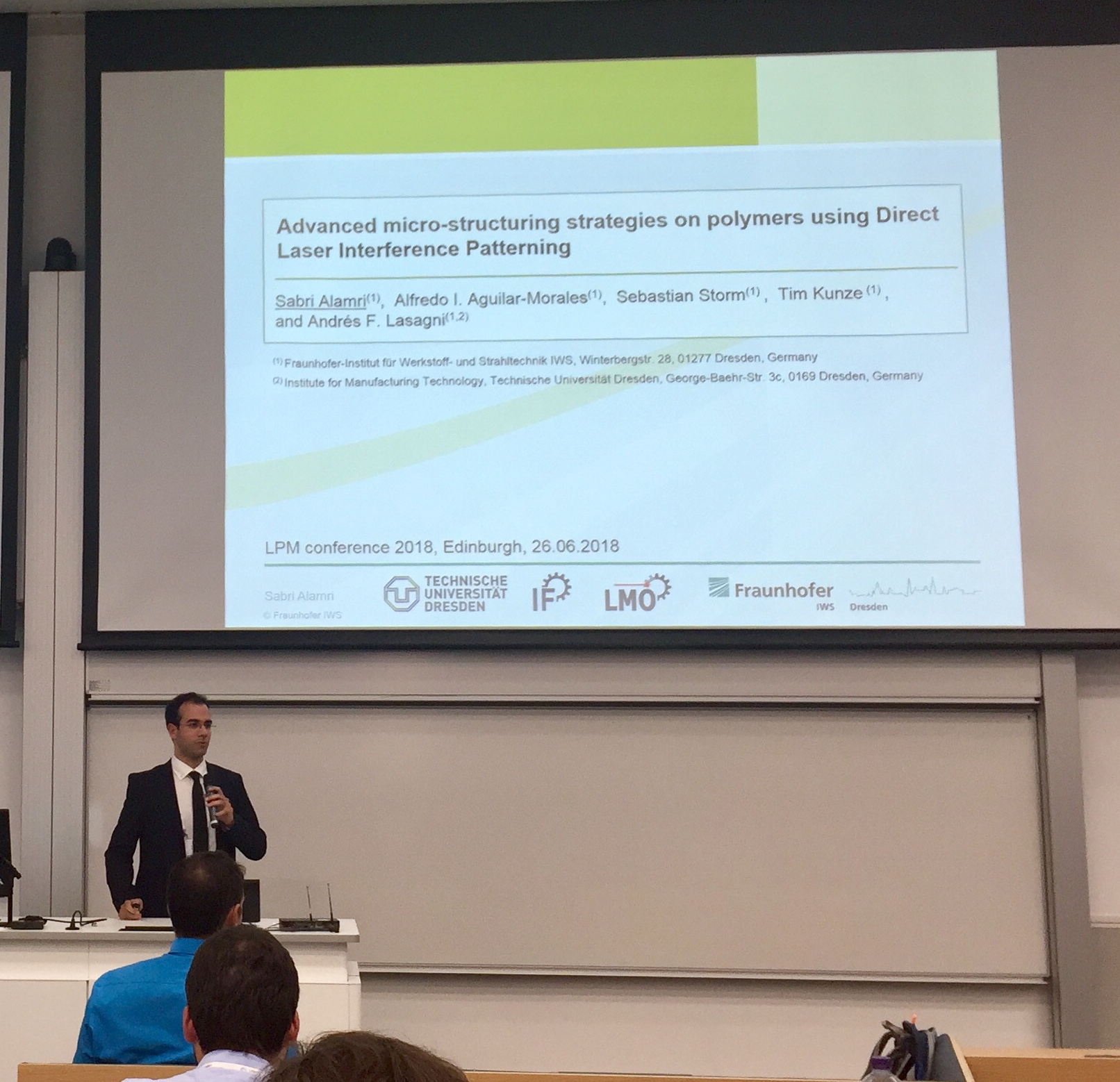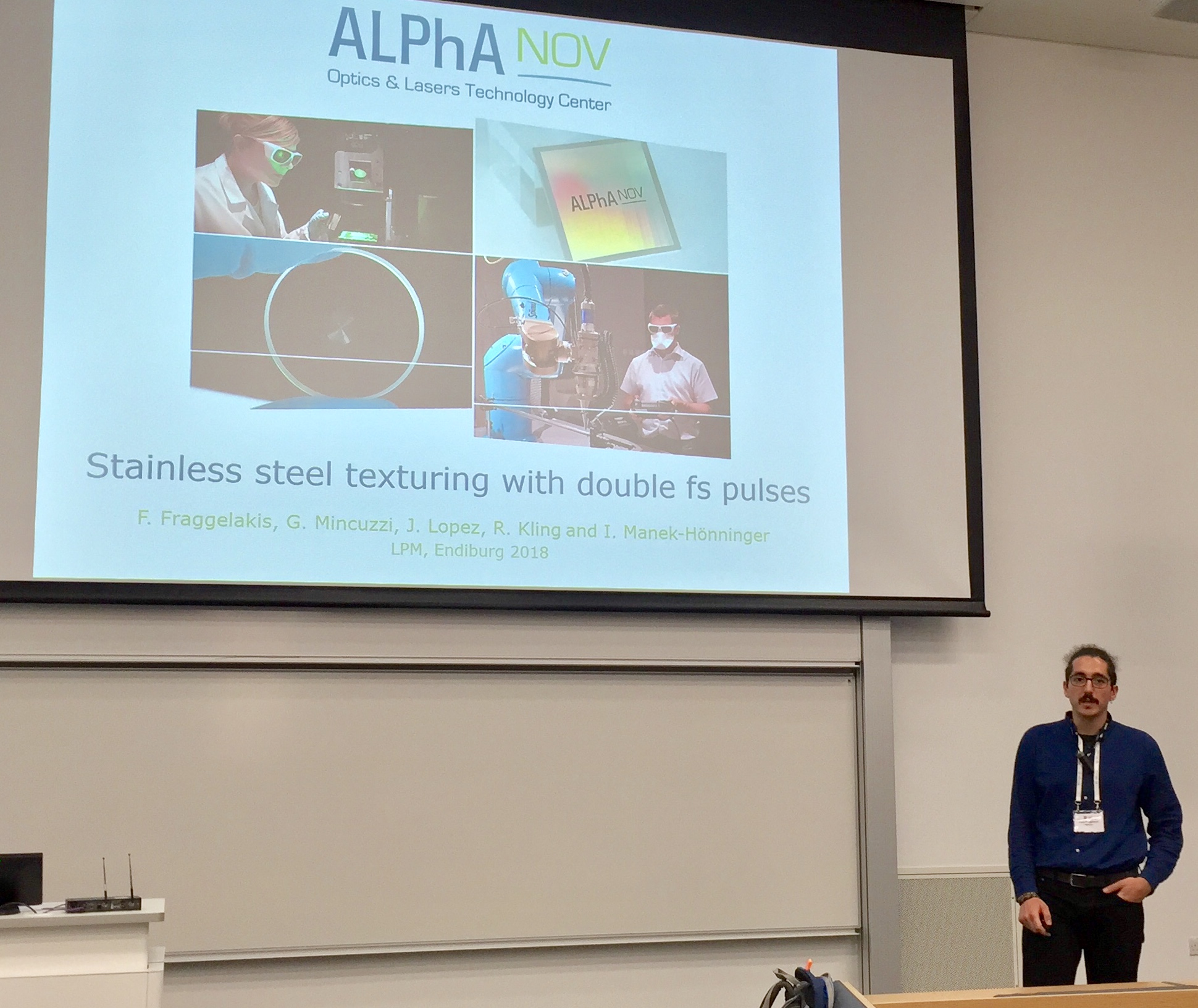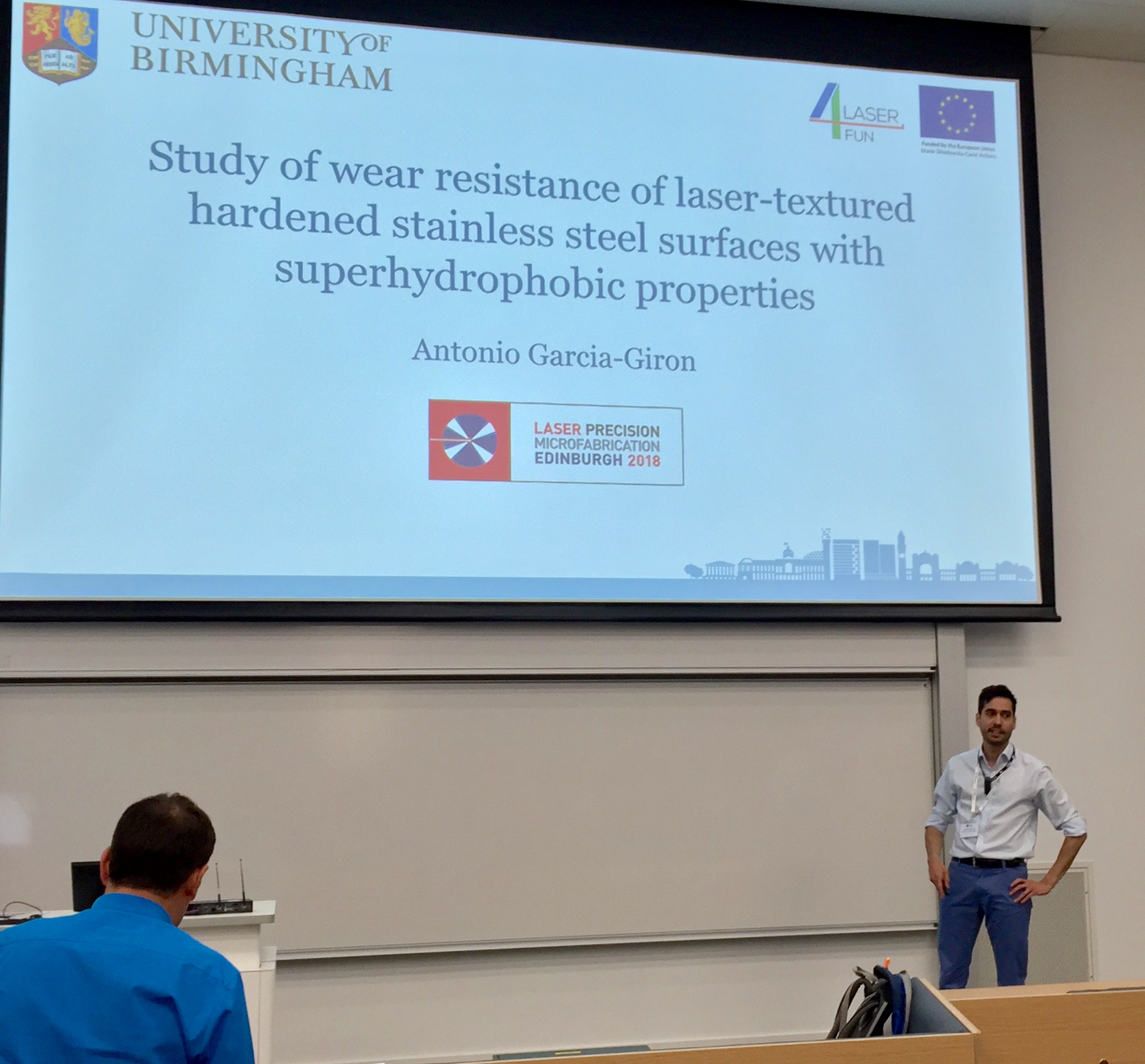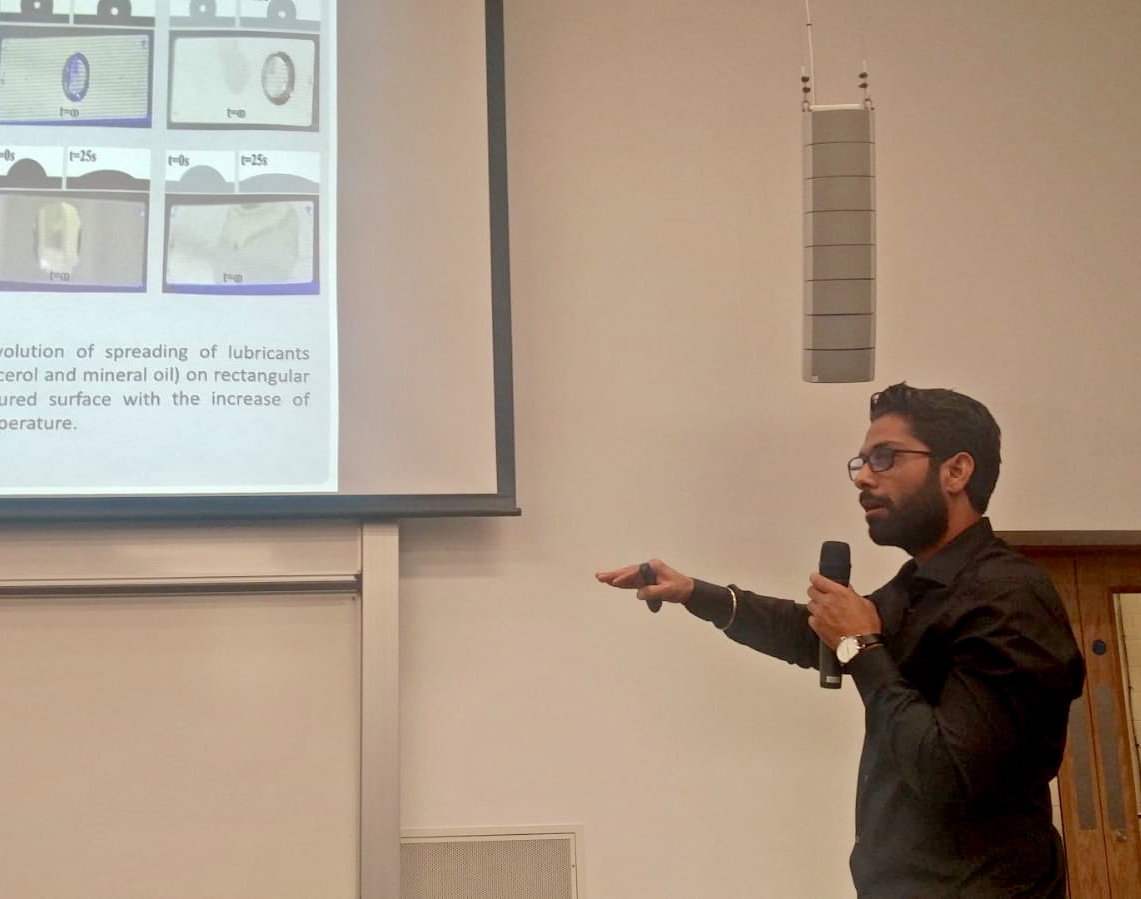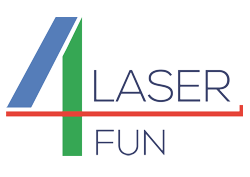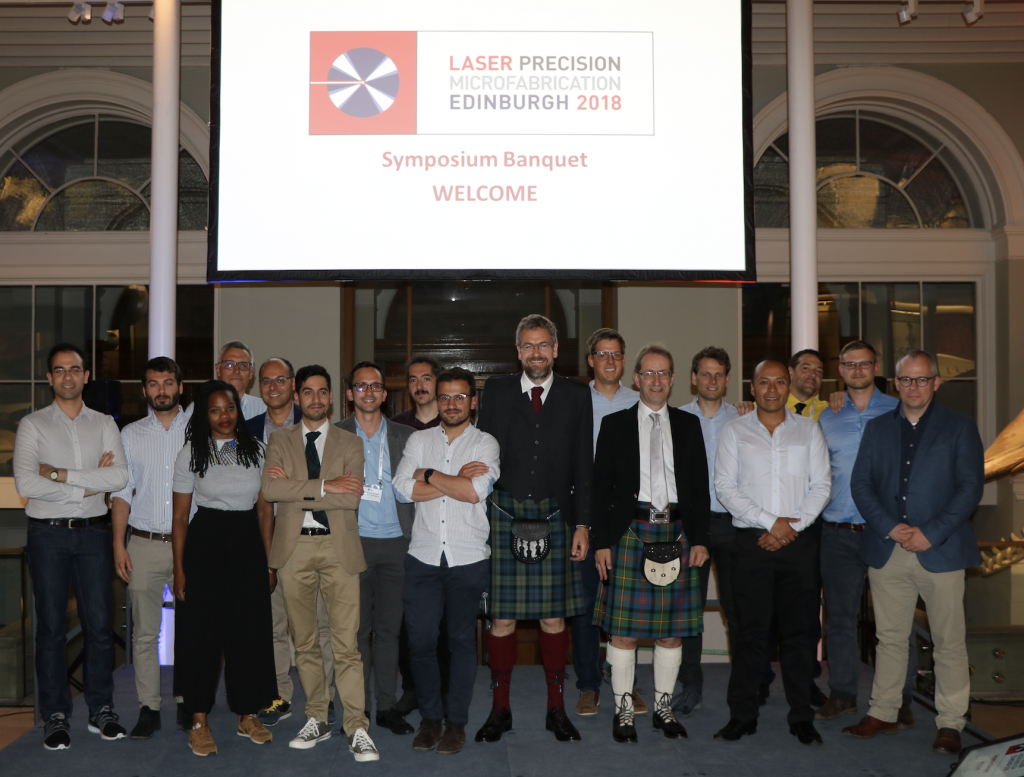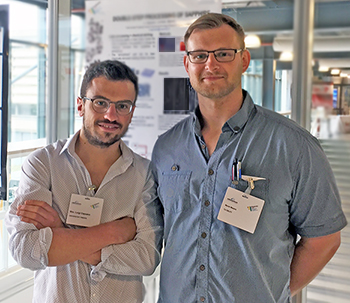Results of the work in the Laser4Fun project has been published as:
Alfredo I. Aguilar-Morales, Sabri Alamri, Tim Kunze, Andrés Fabián Lasagni. Influence of processing parameters on surface texture homogeneity using Direct Laser Interference Patterning. Optics & Laser Technology. Volume 107, November 2018, Pages 216–227.
Abstract
Surface functionalities in the field of tribology, wettability, biocompatibility and holographic marking introduced by well-defined surface structures strongly depend on the surface texture homogeneity and quality. This work presents strategies for the fabrication of homogeneous periodic surface microstructures employing the Direct Laser Interference Patterning (DLIP) technology with the fundamental transverse mode (TEM00) emitted from a nanosecond laser source. Ti6Al4V substrates are structured using line-like patterns with spatial periods of 7.20 µm, 5.82 µm and 4.31 µm. The impact of various DLIP process parameters such as laser fluence, pulse overlap, hatch distance and spatial period on the produced surface microstructures is introduced and the consequences on the surface texture homogeneity are discussed. Large-area analysis of micro structures is carried out through white light interferometry and scanning electron microscopy. A quantitative measurement scheme of the pattern homogeneity, based on topographical properties such as kurtosis, standard deviation and mean structure height was introduced. Furthermore, the influence of a second modulation arising from the employed hatch distance has been identified. A quantitative parameter, the surface error percentage, has been introduced and employed for the characterization of pattern homogeneity. It was found that specially for larger spatial periods and surfaces treated at high laser fluence, pulse-to-pulse overlaps and a short hatch distance, the overall surface texture homogeneity could be improved up to ∼80–90%.
Link(s)
